Keel Failure: On a Mission to Save Lives
Published on June 18th, 2014
When it was confirmed on May 23 that the delivery crew onboard the Beneteau First 40.7 Cheeki Rafiki were lost due to keel failure, Marine Surveyor Capt. E. S. Geary did not want this incident to be forgotten. Geary hopes to draw the attention of owners and surveyors that keel bolts should be inspected and their integrity confirmed at regular intervals. From the information available, here are his findings…
At the moment the loss of the vessel is viewed and has been reported as an unfortunate accident – it wasn’t an accident.
The tragic death of the four crew and loss of the yacht was a result of third party incompetence and negligence and was preventable. Those who were responsible and negligent in the proper care and maintenance of the vessel should be indentified and held accountable to ensure something like this doesn’t happen again. Having recently dealt with a number of claims on behalf of London underwriters with similar deficiencies, I believe the cause of this tragedy is obvious.
The skipper’s first message reported the yacht was taking on water and requested the owner’s permission to divert to the Azores; he didn’t report striking anything. It’s apparent that the ingress of water reported by the skipper was experienced and began as the keel bolts lost integrity. The keel bolts were loose and leaking water as evidenced by the rust stains on the apertures which could have resulted from corrosion or metal fatigue; their ultimate failure allowed the keel to separate from the hull. Tightened keel bolts don’t fail, loose ones do. When total failure occurred, the keel fell free causing the superficial damage to the hull laminates amidships. The damage, limited to the hull/keel join (amidships), is displayed in the available images.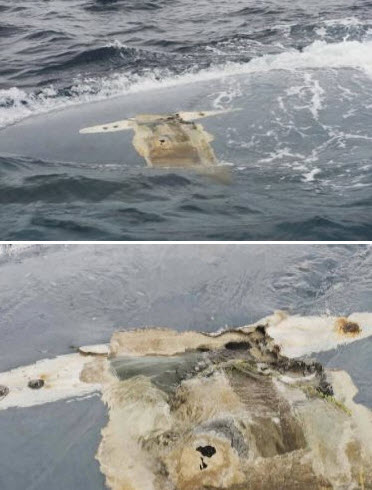
With a locator beacon being placed on the hull it could be recovered, but the keel will never be found. Unless it loses its buoyancy, the hull will continue in the prevailing currents towards Ireland and could, if necessary in subsequent litigation, be salvaged. While there’s no evidence to support their theory, some ‘experts’ have speculated that the keel may have struck a semi-submerged object such as a container. With no impact damage to the hull there is no basis to support this theory.
However, whether the keel struck anything is irrelevant considering the undamaged hull and the undamaged apertures of the forward and aft keel bolts; their clean separation indicates the keel bolts were structurally unsound.
During the 640 nm voyage north, the approximately 3500 kg keel was only partially held against the flat hull surface by the defective keel bolts which initially allowed to keel to move with a limited ingress of water. Unknown to the crew because of the sea state and parametric rolling, which would have aggravated and accelerated ultimate failure, the keel would have experienced a slow swinging motion before it eventually dropped from the hull.
The inverted hull of the Cheeki Rafiki was found and the image silently speaks volumes confirming the keel bolt failure that led to the loss of the keel and the immediate rise of the VCG that resulted in the immediate capsizing of the vessel. The crew were experienced sailors so they would have been wearing life-vests, safety lines and in that area of the Atlantic probably were also wearing TPA’s (Thermal Suits). When the keel parted from the hull at night in the turbulent seas and fierce winds, the four man crew would have had little time to avoid being dragged under by the sails and/or standing rigging when the immediate change of the VCG caused the hull to roll. It’s possible, but sadly I doubt if the bodies will ever be recovered.
Having recently completed a survey with a similar problem, the life-raft didn’t inflate because the painter was improperly secured. If a life-raft painter line is loose or improperly secured, the life-raft won’t activate, can’t deploy and goes down with the vessel. Which is exactly what happened in this case.
This tragedy should not have happened. Through no fault of the crew, the Cheeki Rafiki was sent to sea in an unseaworthy condition and those responsible should be held accountable. The families of the victim’s have a right to know of the unseaworthiness and that their loved ones paid a terrible price and died because of the gross negligence of others.
Note: The opinions expressed herein are solely those of Capt. E. S. Geary, and do not necessarily reflect those of Scuttlebutt editors or advertisers.
Capt. E. S. Geary, P.Eng (UK),MRINA, SNAME
Chartered Surveyor (Admiralty & Maritime) – The Royal Institution of Chartered Surveyors
Registered Marine Surveyor – Federation of European Maritime Associations of Surveyors and Consultants
UK-Maritime & Coastguard Agency Code of Compliance Inspector (SCV)
MCA/US Coast Guard/US Maritime Administration Certified ISPS Code Port/Facility, Company & Vessel Security Officer
Website: www.ship-surveyor.com


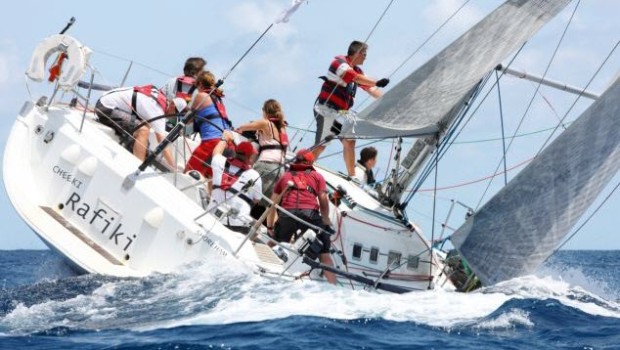


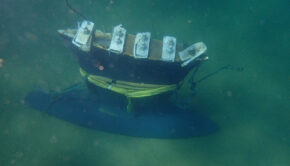

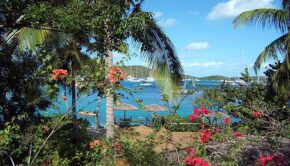
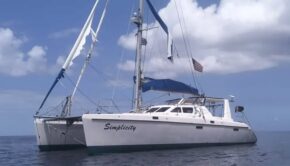
 We’ll keep your information safe.
We’ll keep your information safe.